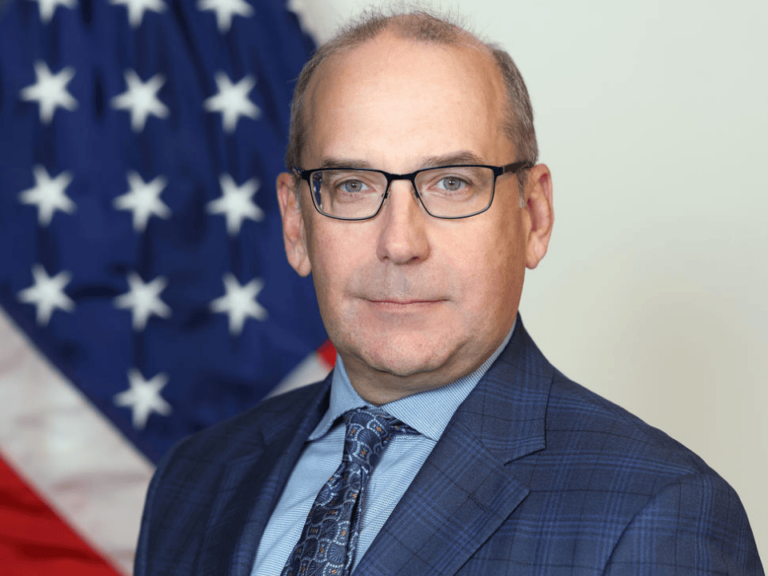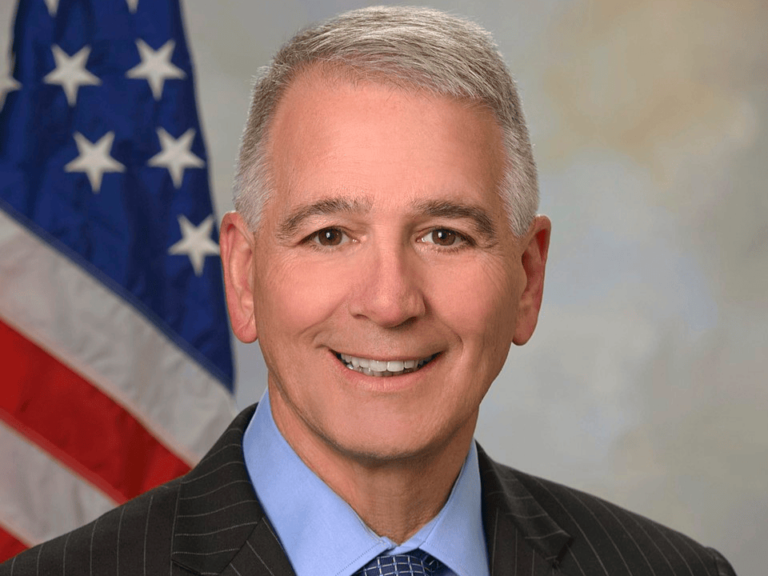Edward Sondik, former director of the National Center for Health Statistics at CDC, who previously served as an acting director of NCI, and a deputy director of the NCI Division of Cancer Prevention and Control, died on June 25. He was 82.
An obituary appears in this issue.
Sondik brought his operations and management expertise to the nascent Division of Prevention and Control at NCI.
In an oral history conducted by the NCI Division of Cancer Prevention Oral History Project in 2009, Sondik chronicles his journey from deputy director of the Division of Prevention and Control to acting director of NCI.
Said Sondik:
I got kind of a battlefield promotion when Sam Broder was director and I became the NCI Acting Deputy Director. The then-current Deputy Director had unexpectedly died.
An acting deputy director for NCI was needed. So, Broder came down from the eleventh floor to the tenth floor, walked in on me one day and said, “How would you like to be the acting deputy director?”
I was completely floored. So, as they say, it seemed like a good idea at the time, so I said Yes.
We briefly thereafter encountered a scandal related to breast cancer treatment…There were accusations that, in one of the large cooperative groups that conducted cancer treatment trials for breast cancer, one of the many, many investigators had falsified data. And the person who headed the overall group was an icon named Bernie Fisher.
And to make a long story short, there was a Congressional investigation and the agency became just almost paralyzed by this.
As this was coming to a close, Sam Broder left. I then became the acting director of NCI for a period of about, I don’t know, six or eight months.
Read the full transcript on the Cancer History Project:
Division of Cancer Prevention Oral History Project Interview with Edward Sondik
By National Cancer Institute, June 28, 2024
Conducted on January 9, 2009, by Philip L. Cantelon, History Associates Inc.
At the time of this interview, Dr. Edward Sondik served as the Director of the National Cancer Center for Health Statistics (NCCHS) of the Center for Disease Control and Prevention.
This interview covers Dr. Sondik’s early work with the Division of Cancer Prevention and Control and the growth of epidemiology. He discusses the pioneering aspects of the division and the development of the Cancer Surveillance Program and the Surveillance, Epidemiology and End Results (SEER) Program. While working for the DCP and the NCI, Dr. Sondik assumed administrative roles and his work often concerned policy and coordination between NCI, the NIH, and even Congress. This interview reflects his transition from SEER director to influential administrator.
Related articles
NCI’s Goal To Increase Minority Participation In Trials, Sondik Says
By The Cancer Letter, May 5, 1995
NCI is committed to increasing the participation of minorities in clinical trials, the Institute’s acting director said last week.
Edward Sondik, speaking at a symposium on minorities and cancer held in Washington last week, said cancer researchers have had only limited success in involving more minorities in their studies.
“We are having difficulties recruiting minorities to these trials,” Sondik said. “We have tried mightily.”
NCI Is On “Path To Stability,” Sondik Tells House Committee
By The Cancer Letter, April 7, 1995
Having weathered several years ofturmoil, NCI remains a solid institution, the Institute’s Acting Director Edward Sondik said at a Congressional hearing last week.
“I won’t say that all has been easy over the last few years, but I do feel that we are on a very good path toward stability, and I think the mental health of the place is pretty good at this point,” Sondik said at a hearing ofthe House Appropriations Subcommittee on Labor, HHS & Education.
Treatment was a research colossus with the cooperative groups having been set up with a huge amount of infrastructure. And there was also a lot of infrastructure associated with epidemiology in another division. I think people (other NCI staff) were really encouraging, but I don’t know that prevention and control had as much respect as it really should.
Edward Sondik, 2009
This column features the latest posts to the Cancer History Project by our growing list of contributors.
The Cancer History Project is a free, web-based, collaborative resource intended to mark the 50th anniversary of the National Cancer Act and designed to continue in perpetuity. The objective is to assemble a robust collection of historical documents and make them freely available.
Access to the Cancer History Project is open to the public at CancerHistoryProject.com. You can also follow us on Twitter at @CancerHistProj, or follow our podcast.
Is your institution a contributor to the Cancer History Project? Eligible institutions include cancer centers, advocacy groups, professional societies, pharmaceutical companies, and key organizations in oncology.
To apply to become a contributor, please contact admin@cancerhistoryproject.com.











